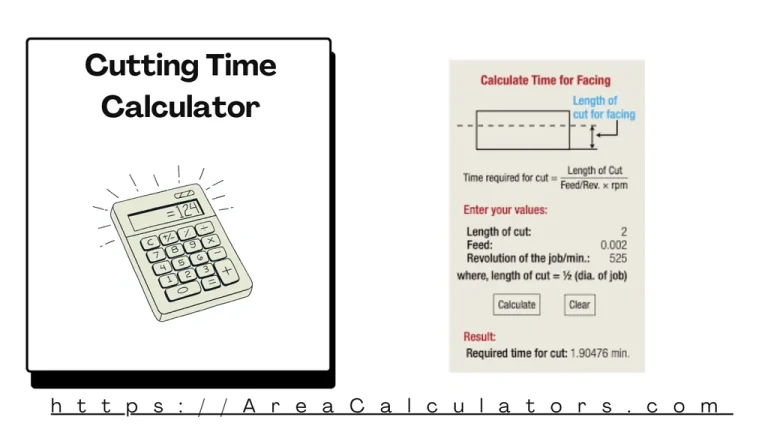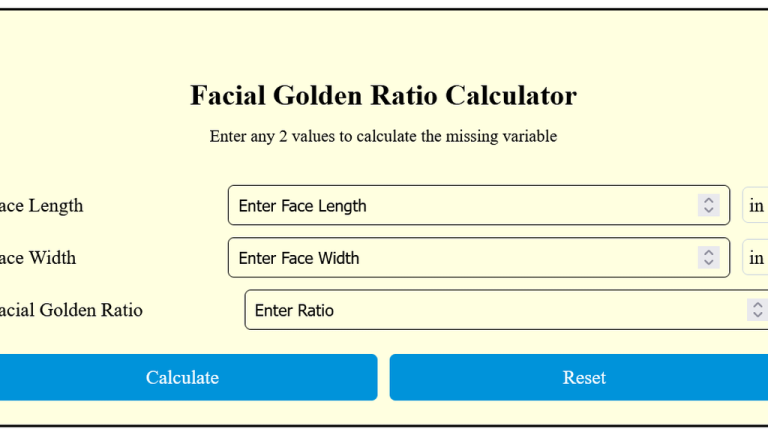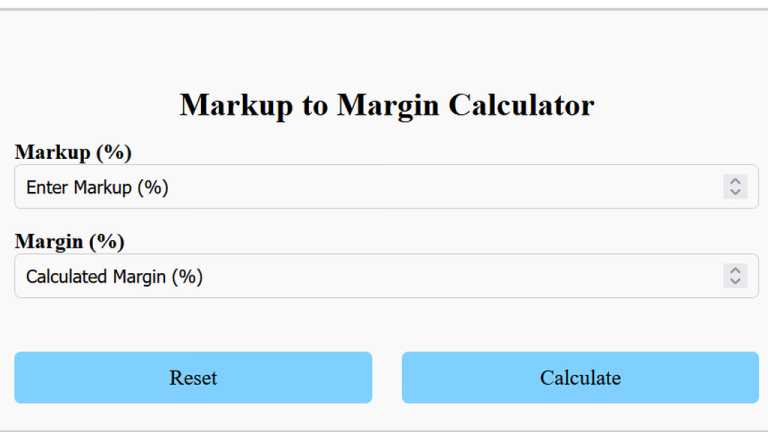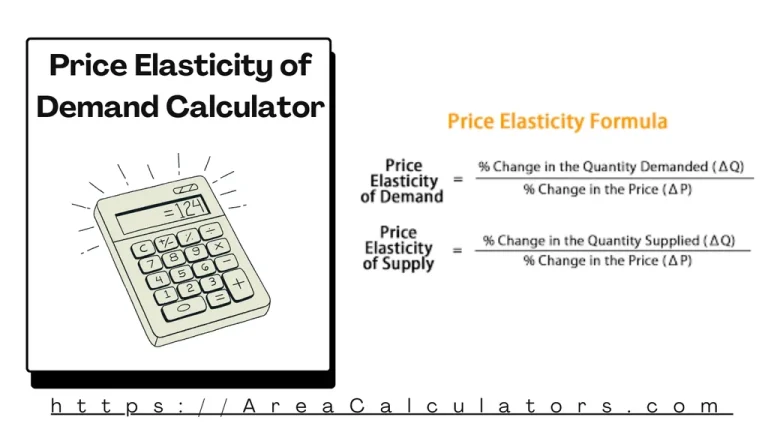ml to mg Calculator
To convert milliliters (ml) to milligrams (mg), multiply the volume in ml by 1000 and then by the substance’s density (d) in g/ml. This gives the mass of the substance in milligrams.
To convert milliliters (ml) to milligrams (mg), multiply the volume in ml by 1000 and then by the substance’s density (d) in g/ml. This gives the mass of the substance in milligrams.
The ml to mg Calculator is a useful tool for converting liquid volumes (ml) to mass (mg) based on density. This is particularly helpful in fields like medicine, chemistry, and cooking. Since mg measures mass and ml measures volume, the density factor bridges these units.
This tool simplifies dosage calculations and helps users convert liquid volumes into milligrams for accurate results, making it essential in applications requiring precise measurement conversions.
The formula for ml to mg (mg) is:
| Variable | Description |
|---|---|
| Milligrams | |
| Milliliters (volume) | |
| Density in grams per milliliter (g/ml) |
Example 1:
Convert 2 ml of a substance with a density of 1.5 g/ml to mg.
| Step | Calculation |
|---|---|
| 1. | |
| 2. | |
Answer: 3000 mg
Example 2:
Convert 0.5 ml of a substance with a density of 0.8 g/ml to mg.
| Step | Calculation |
|---|---|
| 1. | |
| 2. | |
Answer: 400 mg
The ml to mg Calculator is a user-friendly tool for converting milliliters (ml) to milligrams (mg). This tool is usually serviceable in medicine, nutrition, and chemistry. Indeed, the precise measurements are very necessary in these fields.
To make things easier, this conversion depends on the concentration of the substance, typically indicated as mg/ml. For instance, converting 5 ml of a medication with a concentration of 10 mg/ml results in a dose of 50 mg.
In truth, this calculator is invaluable for accurate dosing, as different medications or solutions have varying mg/ml concentrations. By inputting the volume in ml and concentration, it provides an instant conversion, saving time and ensuring precise measurements. This is particularly helpful for tasks like calculating dosages or adjusting medication levels in syringes.
In a nutshell, the ml to mg Calculator simplifies the conversion process, ensuring accurate measurements in healthcare, pharmaceuticals, and laboratory work, making it essential for anyone handling liquid substances with specific concentrations.

To determine cutting time, divide the length of the material being cut by the cutting speed. The Cutting Time Calculator is a crucial tool for machinists, engineers, and manufacturers to estimate the time required for machining operations. By inputting the length of the material and the cutting speed, this calculator provides precise time estimations, optimizing…
To find the exact time 48 hours from now, add 48 hours to the current time. This calculation helps determine a future date and time precisely 48 hours ahead, useful for planning and scheduling. The 48 Hours From Now Calculator helps calculate the exact date and time two days (or 48 hours) from the current…

Divide the facial length (FL) by the facial width (FW) to determine the facial golden ratio (FGR). The Facial Golden Ratio Calculator makes you able to evaluate facial proportions in relation to the golden ratio. It is often associated with aesthetic appeal and symmetry. This tool helps individuals determine how their facial dimensions align with…

To convert markup to margin, divide the markup percentage (Mp) by 1 plus the markup percentage. This gives you the corresponding margin percentage (Mg). The Markup to Margin Calculator is particularly suitable for converting markup percentages into profit margins. By so doing, it ensures the accurate pricing and profitability analysis. This conversion is essential for…

READ ALSO: Remove Pmi Calculator